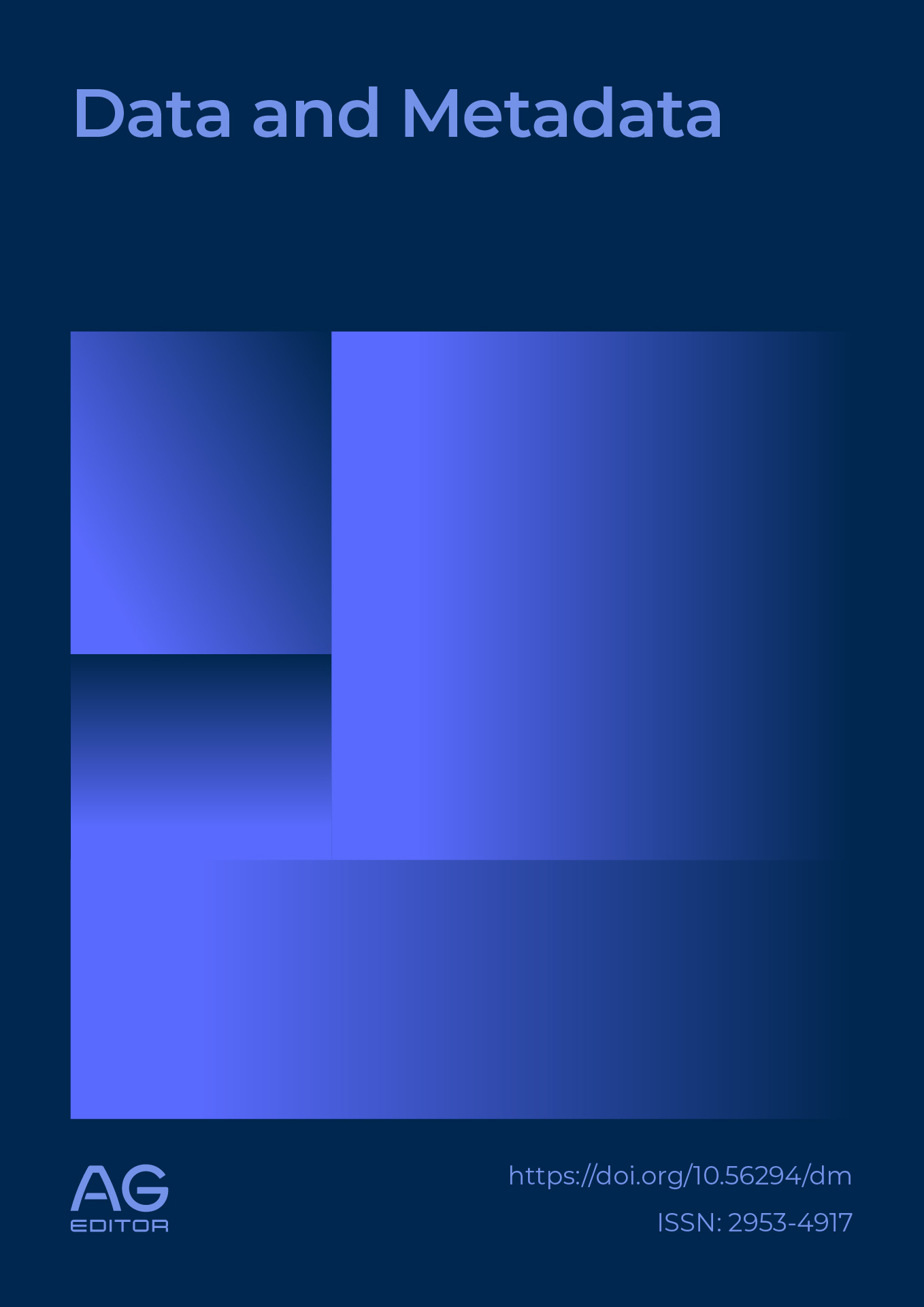Unveiling Global Economic Stratification: A Machine Learning Framework for Multi-Dimensional Macroeconomic Analysis
DOI:
https://doi.org/10.56294/dm20251180Keywords:
Machine Learning, Economic Stratification, Macroeconomic Forecasting, Global Economic Clusters, Policy Analytics, Ensemble Methods, PythonAbstract
Introduction: Traditional econometric approaches to multi-country macroeconomic analysis face critical limitations in capturing complex, non-linear relationships across diverse economic systems.
Objective: This study aims to introduce a comprehensive machine learning framework, implemented in Python, that transcends conventional VAR model constraints by analyzing 13 key macroeconomic indicators across 217 countries (2010–2025).
Method: Advanced clustering techniques (K-means) and ensemble learning (Random Forest), along with Principal Component Analysis (PCA), were applied to reveal hidden economic stratification patterns previously undetectable through traditional methods.
Result: The analysis uncovers four distinct global economic clusters representing differentiated development trajectories, with middle-income economies comprising the majority of observations (57.4%). Fiscal indicators demonstrate exceptional forecasting accuracy through Random Forest algorithms, while growth dynamics remain inherently unpredictable, revealing fundamental asymmetries in economic system behaviors.
Conclusions: This study demonstrates that machine learning techniques, implemented in Python, can systematically identify which macroeconomic relationships are structurally determined versus stochastically driven. This differential predictability framework provides immediate policy implications for targeted intervention strategies, enabling policymakers to focus resources on controllable fiscal mechanisms rather than pursuing futile attempts to predict volatile growth patterns.
References
Auerbach AJ, Gorodnichenko Y. Fiscal multipliers in recession and expansion. In: Fiscal Policy after the Financial Crisis. University of Chicago Press; 2013. p. 63–98.
Baltagi BH. Econometric analysis of panel data. 3rd ed. John Wiley & Sons; 2005.
Basu S, Ng S. Macroeconomic forecasting using factor models. J Econometrics. 2018;212(1):210–230.
Breiman L. Random forests. Machine Learning. 2001;45(1):5–32.
Deaton A, Heston A. Understanding PPPs and PPP-based national accounts. Am Econ J Macroecon. 2010;2(4):1–35.
Diebold FX, Yilmaz K. Better to give than to receive: Predictive directional measurement of volatility spillovers. Int J Forecast. 2012;28(1):57–66.
Eichengreen B, Park D, Shin K. When fast-growing economies slow down: International evidence and implications for China. Asian Econ Pap. 2012;11(1):42–87.
Hastie T, Tibshirani R, Friedman J. The Elements of Statistical Learning: Data Mining, Inference, and Prediction. Springer; 2009.
Hidalgo CA, Hausmann R. The building blocks of economic complexity. Proc Natl Acad Sci USA. 2009;106(26):10570–10575.
Hoseinzade S, Haratizadeh S. CNNPred: CNN-based stock market prediction using a diverse set of variables. Expert Syst Appl. 2019;129:273–285.
Jolliffe IT, Cadima J. Principal component analysis: A review and recent developments. Philos Trans R Soc A. 2016;374(2065):20150202.
Krugman P. Increasing returns and economic geography. J Polit Econ. 1991;99(3):483–499.
Lucas RE Jr. Econometric policy evaluation: A critique. Carnegie-Rochester Conf Ser Public Policy. 1976;1:19–46.
MacQueen J. Some methods for classification and analysis of multivariate observations. In: Proceedings of the Fifth Berkeley Symposium on Mathematical Statistics and Probability. 1967;1:281–297.
Ostry AJ, Ghosh AR, Chamon M. IMF Staff Position Note: Two Targets, Two Instruments: Monetary and Exchange Rate Policies in Emerging Market Economies. International Monetary Fund; 2010.
Medeiros MC, Vasconcelos GF, Veiga Á, Zilberman E. Forecasting inflation in a data-rich environment: The benefits of machine learning methods. J Bus Econ Stat. 2019;39(1):98–119.
Nie X, Zhang Q, Chen Y. PatchTST: Time Series Forecasting with Patch Transformers. arXiv preprint arXiv:2301.XXXX; 2023.
Pedregosa F, Varoquaux G, Gramfort A, Michel V, Thirion B, Grisel O, et al. Scikit-learn: Machine learning in Python. J Mach Learn Res. 2011;12:2825–2830.
Pesaran MH, Schuermann T, Weiner SM. Modelling regional interdependencies using a global error-correcting macroeconometric model. J Bus Econ Stat. 2004;22(2):129–162.
Piketty T. Capital in the Twenty-First Century. Harvard University Press; 2014.
Rossi B. Advances in forecasting under instability. In: Handbook of Economic Forecasting. 2013;2:1203–1324.
Sims CA. Macroeconomics and reality. Econometrica. 1980;48(1):1–48.
Stock JH, Watson MW. Dynamic factor models, factor-augmented vector autoregressions, and structural vector autoregressions in macroeconomics. In: Handbook of Macroeconomics. 2nd ed. 2016. p. 415–525.
Stock JH, Watson MW. Forecasting output and inflation: The role of asset prices. J Econ Lit. 2003;41(3):788–829.
Taylor JB. Monetary policy rules in practice: Some international evidence. In: Taylor JB, editor. Monetary Policy Rules. Chicago: University of Chicago Press; 1999. p. 57–119.
Varian HR. Big data: New tricks for econometrics. J Econ Perspect. 2014;28(2):3–28.
World Bank. World Development Indicators. 2024 [cited 2025 Sep 2]. Available from: https://databank.worldbank.org/source/world-development-indicators
Zhou X, Li Y, Wang H, et al. Macroeconomic forecasting using deep learning: Recent advances and applications. J Forecast. 2023;42(3):123–145.
Downloads
Published
Issue
Section
License
Copyright (c) 2025 Saad Saadouni , Siham Ammari , Souad Habbani (Author)

This work is licensed under a Creative Commons Attribution 4.0 International License.
The article is distributed under the Creative Commons Attribution 4.0 License. Unless otherwise stated, associated published material is distributed under the same licence.




